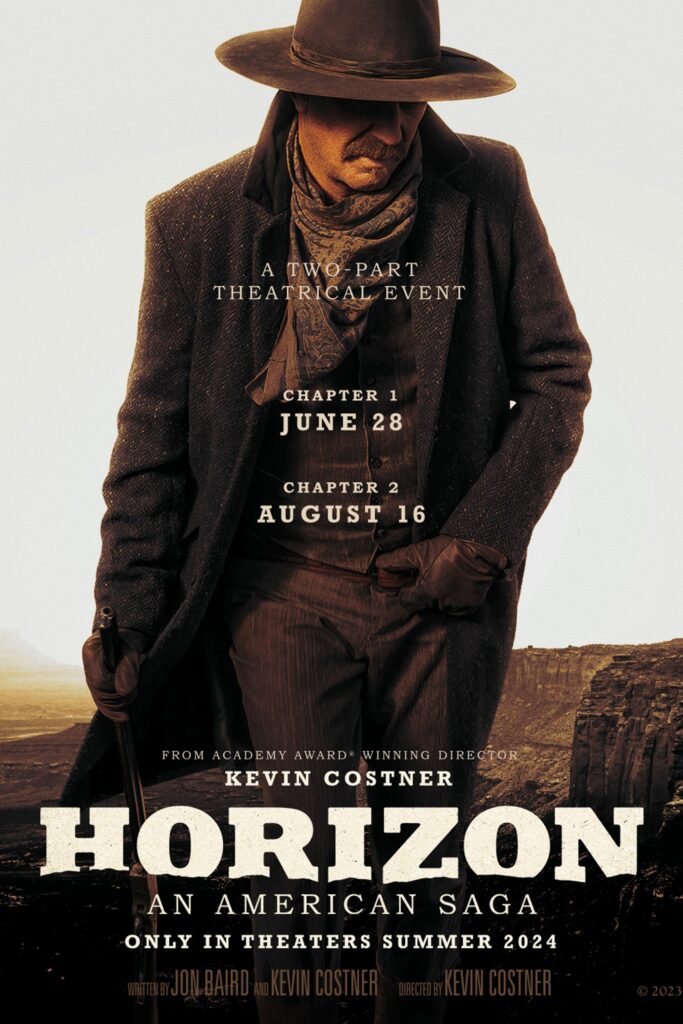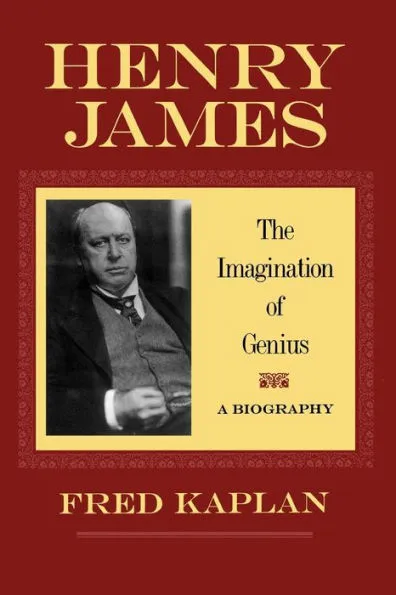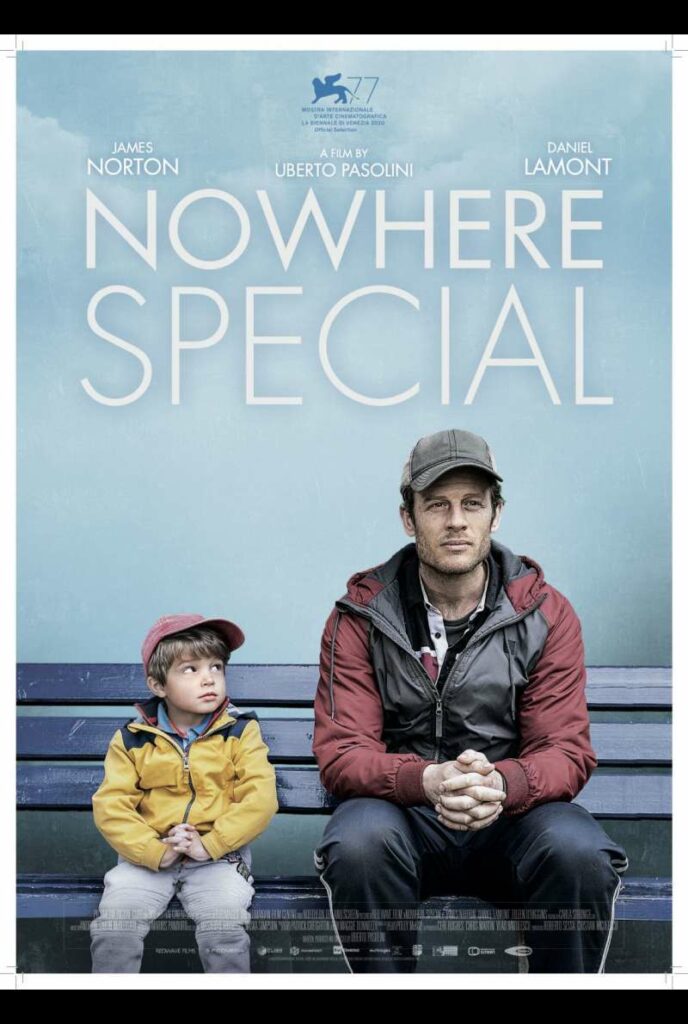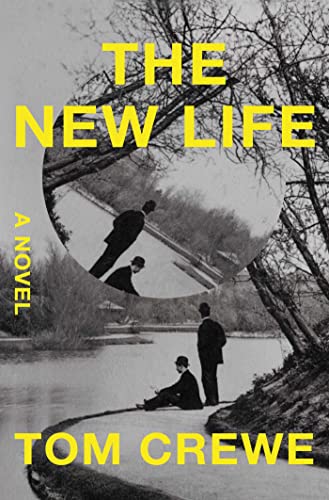Don’t like to include politics in this web site, read by no one, which is meant purely for me to talk about my thoughts and feelings about books and movies. I don’t allow comments because it seems that if you have any kind of page like this, it quickly turns into an exercise is deleting spam.
But the setback that President Biden is experiencing because of the debate performance, which I didn’t watch, but has been described to me by everyone from 15 to 80, does not freak me out in the same way as it seems to be freaking everyone else out. For one thing, not watching and not reading the 172 negative articles The New York Times published (vs. the 1 article about the Niagara of lies that Trump spewed the same night), is the greatest way to keep your head sane and your mind clean. People are losing it, not because they have an opinion, but because they watched a debate where the moderators did no work (An AI machine could have done as well), and where CNN’s policy was to not fact check — simply a gift to Donald Trump. They are losing it because 90% of the country’s media is controlled by Republican interests, and besides that obvious bias, from a click, share, retweet, repost, meme-creating, declining readership and oversaturated media market, every single newspaper and “social” website, or news website, is hopelessly (and I mean hopelessly) invested in making sure the news is “exciting” or “dramatic” or “historic.” Hence the ceaseless calls for Biden to resign and all the speculation about who is going to run or should there be an open convention and so on.
But I want to go back to when I worked for an gay rights organization that I would say was one of the main organizations to work on achieving gay marriage rights. At Lambda, we had brought a case before the Hawaii court asserting that the denial of marriage licenses to gay men and women was an act of discrimination based on sex. I, personally, was skeptical of this argument, because it asked the judge to believe that gender also included the right to marry the same gender, which I just didn’t think it did. Nevertheless, the judge agreed and was very close to arguing that the state of Hawaii had to start issuing wedding licenses to men and women no matter what gender they were choosing to marry. The decision was weeks away from being issued, but then the Hawaii legislative body quickly passed a law that determined the legal definition of marriage was between a male and female. With that law in place, the judge had no other recourse than to state that the case was moot, and dismissed it.
I remember the office, which was about 45 people at that time in the New York branch, got together in the large lobby of our office and we shared some champagne and Evan Wolfson, who was the leader of the marriage project, offered up a toast that I thought was quite beautiful. He said, basically, “we keep on.” And he should know, too, because he had argued the losing case in the Supreme Court where the court ruled that cops had a right to barge into people’s homes and arrest them if they think sodomy was taking place: that the states could criminalize oral or anal sex. But I realized that day that being an activist and working for progressive things involves not just advocacy and strategy but also being ready for (Edit) [an endless array of setbacks] and continuing on in spite of it.
(Edit). After the Hawaii legislature made a law stating that marriage was between male and female only, we at Lambda watched, pretty much in horror, as one state after another created laws that defined marriage as being between male and female and most states made it a part of their constitution. Then the federal DOMA law was passed and Bill Clinton signed it into law. The case Obergefell v. Hodges nullified every one of those laws, but it’s significant that to this day, only Nevada has written gay marriage rights into their constitution. Nearly every other state still has in their constitution bans against gay marriage.
This is because they will overturn Obergefell if they get their way. The hate is still there. Luckily, Joe Biden signed into law the Respect for Marriage Act, which requires states to recognize same sex marriages performed elsewhere, just as they are required to do with heterosexual marriages.
So in that roundabout way, I’m saying that I am not particularly freaked out about Joe Biden’s age, his gaffes in front of the camera, and I will vote for him even if he’s in the hospital after having a stroke. Why? Because there are systems in place: The Vice President, for one, will become the president if he is incapacitated. The VP as well as the staff can remove him from office if he is incapacitated (something Mike Pence and the other cowards under Trump failed to do). Third in line, after Kamala Harris, is Johnson, the speaker of the house. He would be a problem, but not nearly as much of a problem as Trump. The most criminal of all our presidents prior to this election was Trump. Trump is the most criminal presidents ever, including Warren G. Harding. Prior to Trump it was Nixon. During Nixon, the government was mostly a functional place, But ever since Ronald Reagan decided that it was time to attack, “Liberals,” the right has spent decades persuading their followers to hate the leftists and liberals that they claim are destroying America. We got to this place, not by a natural gravitational pull of one or the other sides, but because the right and their followers began a campaign of hate, to the point where web sites were created to “kill all liberals,” “kill democrats,” and that horrible painted witch Sarah Palin put bullseyes on her web site indicating which lawmakers she wanted to see assassinated. Then came January 6 where the hate was on full display to see. There was no corresponding growth of this hatred on the left. The left never created, “Kill all conservatives,” or “Conservatives must die,” web sites, and we continued to advocate for a ban on AK47 and other absurd weapons.
But basically, right now, July 2024, where we are is in a place of the need to persevere, even if Trump pulls ahead (and despite what the polls say, there is no actual proof that he has pulled ahead. It appears, for the most part, that Pennsylvania will be the deciding state. For the record, this debate was extremely early, it’s high time that the media and newspaper stop referring to it as his “disasterous” or “catastrophic” debate — we all know that — and should start focusing on the lies and their plans for Project 2025. But I think if we can get back to talking about all the horrible things the Trump admin wants to do, Biden will not lose, and enough women and blacks will come out and vote for the old man.
And enough with this garbage of tossing out older people. The body can fail us at any time. A great producer just died (Jon Landau) at the age of 63. But with age and the various infirmities that accompany it, also comes wisdom, unless you’re Trump and have no intellectual curiosity, even about your own death. And mostly that’s because we, the older people, have been through things before. We carry on.









